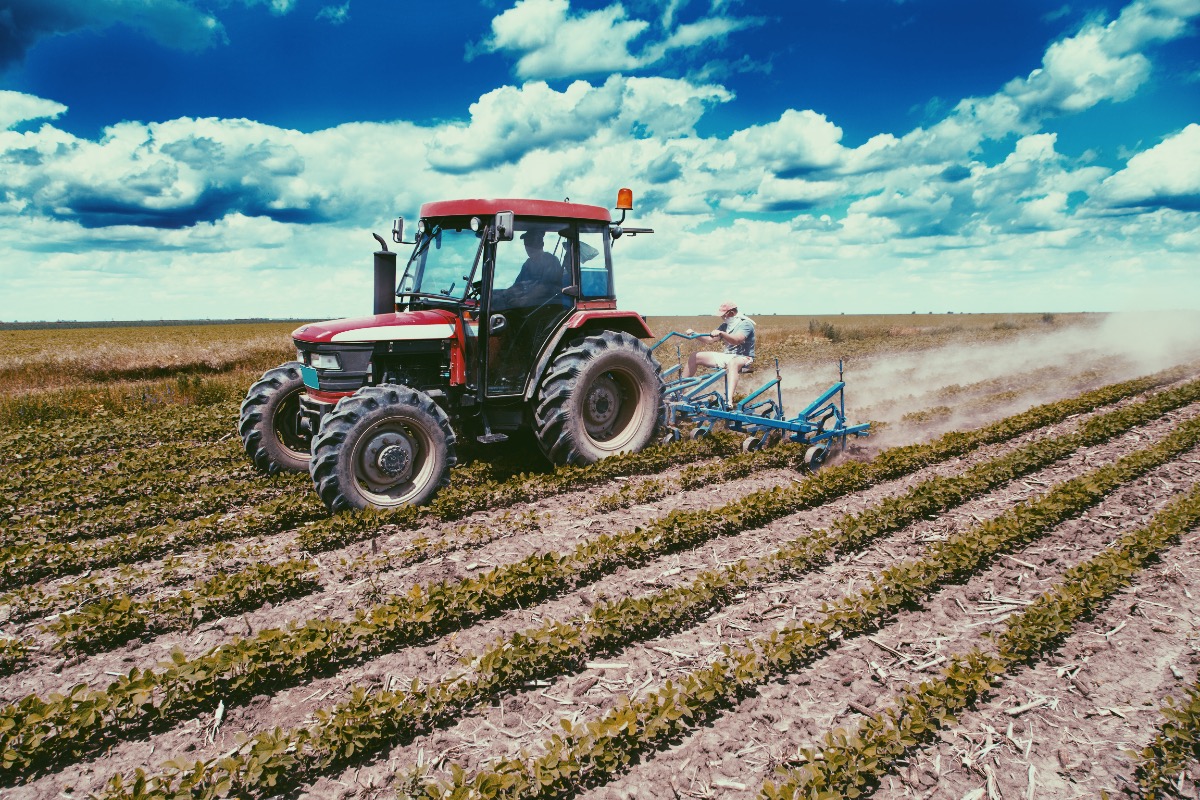
In the quest for conservation, our relationship with the land plays a pivotal role. Sustainable agriculture, a fundamental discipline within Creative Conservationism, offers a pathway towards harmonizing human needs with the health of ecosystems. In this blog post, we explores the principles of sustainable agriculture and its profound impact on conservation efforts worldwide.
The Call for Sustainability:
Traditional agricultural practices have often prioritized short-term gains over long-term sustainability, leading to soil degradation, water pollution, loss of biodiversity, and greenhouse gas emissions. In response to these challenges, sustainable agriculture emerges as a beacon of hope – a holistic approach that seeks to nurture the land while meeting the needs of present and future generations.
Principles of Sustainable Agriculture:
At its core, sustainable agriculture is guided by a set of principles aimed at minimizing environmental impact, promoting biodiversity, and fostering resilience. These principles include:
- Regenerative Practices: Sustainable agriculture emphasizes regenerative practices that restore and enhance the health of the soil, such as crop rotation, cover cropping, and minimal tillage. By nurturing soil biodiversity and improving soil structure, these practices increase agricultural productivity while sequestering carbon and enhancing ecosystem resilience.
- Agroecological Diversity: Diverse agroecosystems are more resilient to pests, diseases, and environmental stressors. Sustainable agriculture promotes agroecological diversity through polyculture farming, agroforestry, and the integration of livestock into cropping systems. By mimicking natural ecosystems, these practices enhance ecosystem services and reduce the need for synthetic inputs.
- Resource Efficiency: Sustainable agriculture prioritizes resource efficiency by minimizing water use, optimizing nutrient management, and reducing energy consumption. Techniques such as precision agriculture, drip irrigation, and organic fertilization help farmers maximize yields while minimizing environmental impact.
- Biodiversity Conservation: Sustainable agriculture recognizes the intrinsic value of biodiversity and seeks to conserve and enhance on-farm biodiversity. By providing habitat for beneficial insects, birds, and other wildlife, sustainable farms contribute to broader conservation efforts and promote ecosystem health.
- Social Responsibility: Sustainable agriculture encompasses principles of social responsibility, including fair labor practices, equitable access to land and resources, and support for local communities. By fostering vibrant rural economies and empowering small-scale farmers, sustainable agriculture contributes to social justice and poverty alleviation.
The Role of Sustainable Agriculture in Conservation:
In the Creative Conservationism program, students explore the intersection of sustainable agriculture and conservation, recognizing agriculture’s dual role as both a driver of environmental degradation and a potential solution to conservation challenges. By promoting sustainable agricultural practices, conservationists can:
- Reduce habitat destruction and fragmentation associated with conventional agriculture.
- Mitigate greenhouse gas emissions through carbon sequestration in soils and vegetation.
- Protect water quality and quantity by minimizing agricultural runoff and promoting water-efficient irrigation practices.
- Preserve genetic diversity by supporting heirloom and locally adapted crop varieties.
Empowering Farmers as Stewards of the Land:
Ultimately, the success of sustainable agriculture hinges on the commitment and engagement of farmers. In the Creative Conservationism program, students learn to work collaboratively with farmers, extension agents, and agricultural policymakers to promote sustainable agricultural practices. By providing training, technical assistance, and incentives, conservationists can empower farmers to become stewards of the land, nurturing ecosystems while producing nutritious food for growing populations.
In conclusion, sustainable agriculture offers a promising pathway towards conservation and sustainability. By embracing regenerative practices, promoting agroecological diversity, and fostering social responsibility, sustainable agriculture holds the potential to nourish both people and planet. In the Creative Conservationism program, students learn to harness the transformative power of sustainable agriculture, creating a future where agriculture and conservation go hand in hand, cultivating growth and resilience for generations to come.